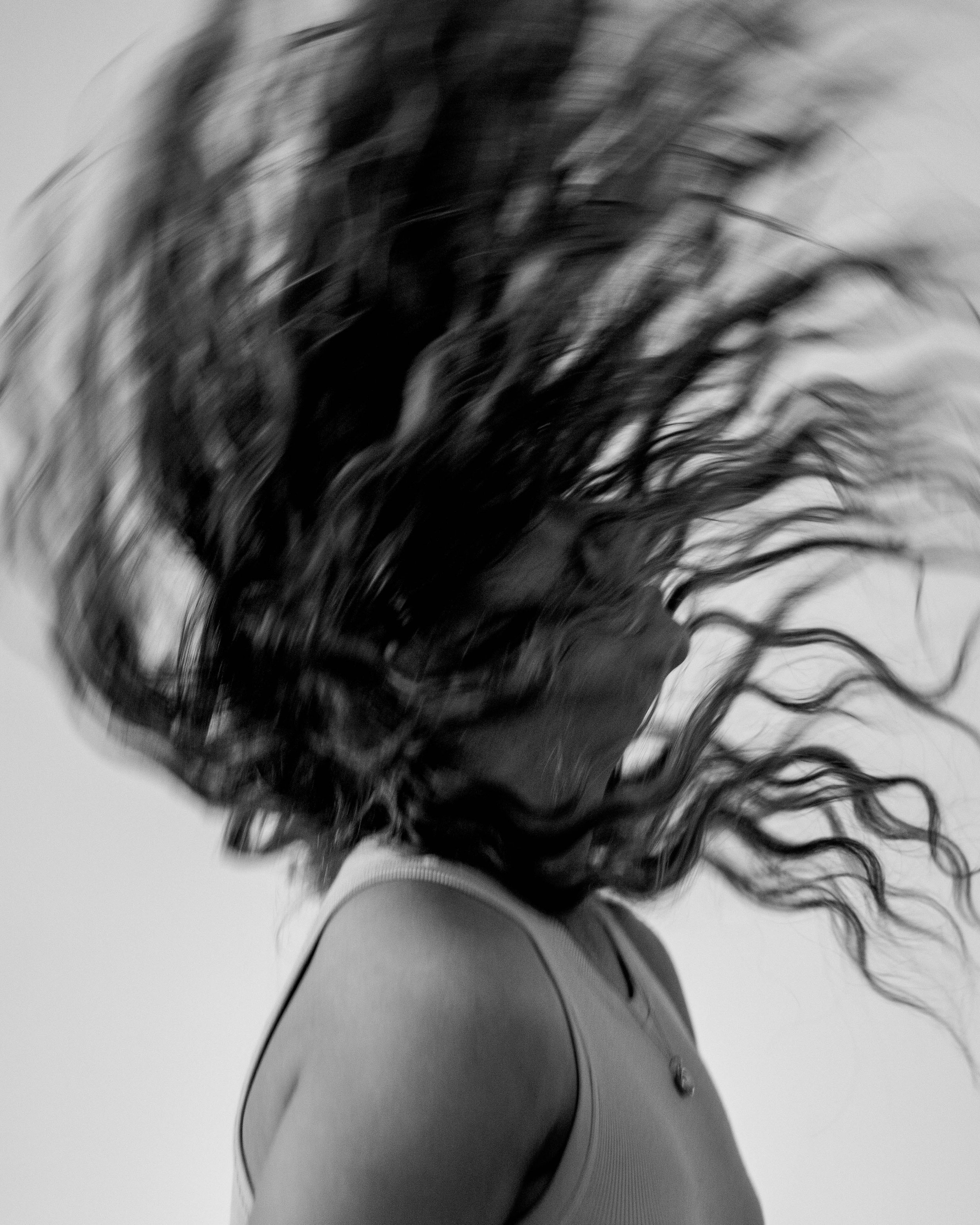
Zesty,
playful,
radiant.
Mozart in Salzburg
Missa brevis (in F)
Vesperae solennes de confessore
Between the ages of sixteen and twenty-four, Mozart was in the service of the Archbishop Hieronymus von Colloredo of Salzburg. He wrote a wide variety of Catholic sacred music—litanies, vespers, and smaller Latin works—and his series of shorter mass settings followed the models of his senior colleague Michael Haydn (brother of Joseph). Michael Haydn and Mozart often collaborated, and each occasionally finished and arranged the works of the other. The young Mozart chafed to incorporate more contemporary and operatic elements into his music, but his Salzburg works prove his melodic genius and fluency in setting Latin text. These works are excellent examples of middle European sacred music of the day, and they conform perfectly to the rather conservative tastes of Archbishop, who stipulated no fugues, no virtuosic solo sections, and no works longer than 45 minutes. Mozart was proud of his Salzburg mass and vesper settings, recommending them to colleagues in Vienna, Prague, Mainz, Dresden, and Austrian parish churches throughout his lifetime.
Mozart’s Missa brevis in F, K. 192/168f is notable for its sublime lyricism and grace. The Credo quotes a four-note theme (do-re-fa-mi) also later used by Mozart in his “Jupiter” symphony. The eighteen-year-old composer finished the work in 1774, just after returning from an early visit to Vienna, where the “Viennese church trio” of two violins and continuo was common. Although he later added parts for two trumpets and three trombones, Mozart was careful to omit long operatic passages for vocal soloists and to eschew the concluding fugal passages prohibited by his employer. He described the situation in a 1776 letter to Padre Martini in Bologna: “Our church music is very different that of Italy, since a mass with the whole Kyrie, Gloria, Credo, the Epistle Sonata, the Offertory or Motet, the Sanctus, and the Agnus Dei must not last longer than three quarters of an hour. This applies even to the most solemn mass said by the Archbishop himself.”
In his twenties, Mozart wrote two complete settings of the six-part Latin vesper service, including the one heard tonight, K. 339. The Biblical texts quote parts of Psalms 110, 111, 112, 113, 117 (the famous “Laudate Dominum” soprano solo with choir), and the Magnificat, quoting Mary’s hymn from the Gospel of Luke 1:46-55. Each movement ends with the doxology (Gloria patri). This beautiful Vesperae solennes de Confessore (Solemn Vespers) of 1780, foreshadows the two great unfinished religious works of his Vienna period, the Mass in C Minor and the Requiem. Its six movements would have been interspersed with readings and other formalities appropriate for a festive religious occasion. According to Emmanuel Music’s Craig Smith, “The work shows all of the stylistic tendencies of the Austrian Baroque, bright and shining brilliant Allegros, and an impressive nod to Austrian liturgical counterpoint as practiced by the early eighteenth-century composer, Fux.” This was Mozart’s final work composed for the Salzburg Kapelle.
Mozart’s seventeen church or “Epistle” sonatas featured the best of Salzburg’s professional church musicians: the full Kapelle roster listed over 75 musicians, many of whom performed daily. During a Mass, church sonatas were single instrumental movements played between the Gloria and the Credo, as the celebrant moved from one side of the choir, where he has read the Epistle, to the other side, where he reads the Gospel. Mozart wrote the three church sonatas heard tonight in 1767/72 (K. 69/41k in E-flat) and in 1776 (K. 224/241a in F, performed after the Gloria tonight; and K. 263). Fourteen of these youthful works only require two violins, cello, and organ, whereas the last heard tonight adds two festive trumpets. Shortly after Mozart left Salzburg, the Archbishop decreed that choral motets or congregational hymns would replace church sonatas during Mass.
Contributors: Laura Stanfield Prichard and Kevin Leong
Soprano Deborah Selig’s voice has been described by the press as “radiant,” “beautifully rich,” “capable of any emotional nuance,” and “impressively nimble.” Ms. Selig performs repertoire spanning baroque to contemporary in opera, oratorio, and art song across the United States. Ms. Selig is also passionate about teaching and mentoring the next generation of singers. She currently serves on the faculties of Wellesley College, Brown University, Boston University, and the summer Boston University Tanglewood Institute.
Operatic highlights include Micaela in Carmen with Dayton Opera, Sybil Vane in Liebermann’s The Picture of Dorian Gray with Odyssey Opera, Pamina in The Magic Flute with Boston Lyric Opera, Musetta in La Bohème with Central City Opera, Rose in Street Scene and Pamina in The Magic Flute with Chautauqua Opera, and both Curley’s Wife in Of Mice and Men and Donna Elvira in Don Giovanni with Kentucky Opera. Ms. Selig’s concert performances have included Brahms’s Requiem with Buffalo Philharmonic; Bach Cantatas 37, 92, and 97 with Handel and Haydn Society; Orff’s Carmina Burana with Fairbanks Symphony (AK), Haydn’s Creation with Harvard University Choirs, Bach’s St. Matthew Passion with Masterworks Chorale, and Handel’s Messiah with Rhode Island Philharmonic.
Ms. Selig earned an Artist Diploma in Opera and MM in Voice degrees from Cincinnati College-Conservatory of Music and a summa cum laude BM/BA in Voice and English from the University of Michigan. Apprenticeships included Chautauqua Opera, Santa Fe Opera, Pittsburgh Opera, Ravinia Festival Steans Institute, and Tanglewood Music Center.
Featured Artists
Noted for her “commanding and dramatic presence” (Opera News), mezzo-soprano Renée Tatum continues to garner recognition in the most demanding of operatic repertoire. Last season, Ms. Tatum made her Atlanta Opera debut as Cornelia in Giulio Cesare, followed by a recital with the Boston Artists Ensemble. Later in the season, she sang Fricka in Das Rheingold with Nashville Opera and Margret in Wozzeck with the Boston Symphony Orchestra. She also continued her long relationship with the Metropolitan Opera in their new production of Rigoletto and Ariadne auf Naxos. Ms. Tatum’s relationship with the Met spans 11 years and has included nearly 100 performances. In the 2022–23 season, Ms. Tatum returns to the Metropolitan Opera for Maddalena in Verdi’s Rigoletto and ends the season as the soloist in a world premiere with the Boston Youth Symphony Orchestra. She also joins Varna International as a faculty voice teacher and presents a masterclass for the Boston Wagner Institute.
Ms. Tatum holds degrees from the Juilliard School, Manhattan School of Music, and California State University Fullerton. She is an alumna of San Francisco Opera’s Adler Fellowship as well as a graduate of the Metropolitan Opera Lindemann Young Artists’ Program. Ms. Tatum has taught through Harvard University’s Office of the Arts and was a Visiting Artist in Residence for the Longy School of Music in Boston in 2020–21. She is Artist Teacher of Voice at the University of Tennessee and maintains a private voice studio in the Boston area.
Described as “brilliant” by Opera News, American tenor Matthew DiBattista, is continually in demand on some of the world’s most prestigious stages, having performed throughout the United States, Italy, France, and Portugal. He has sung with such conductors as Charles Dutoit, Andris Nelsons, Keith Lockhart, and Sir Andrew Davis. Mr. DiBattista has performed over 65 different roles to date spanning the operatic repertoire. Mr. DiBattista will make his Carnegie Hall debut in 2024 as the Teacher in Lady Macbeth of Mtsensk with the BSO and a recording on Deutsche Grammophon. He has been on the roster of the Metropolitan Opera and performed several seasons with Lyric Opera of Chicago, singing Normano in Lucia di Lammermoor, Esquire in Parsifal, and others. Recent engagements include Triquet in Eugene Onegin with the Santa Fe Opera, Beppe in I Pagliacci and Monostatos in Die Zauberflöte with Palm Beach Opera, and the Doctor in The Handmaids Tale with San Francisco Opera. Other successes include work with the Boston Symphony Orchestra, Glimmerglass Opera, Florida Grand Opera (“Matthew DiBattista was splendid in the multiple character-tenor turns, with a beautifully produced voice at his command.” —Opera News), Cincinnati May Festival, New Orleans Opera, Palm Beach Opera, Opera Omaha, Tulsa Opera, Opera Boston, Virginia Opera, Opera Colorado, Tanglewood, and Boston Lyric Opera, and he has appeared for nine seasons as principle artist with Opera Theatre of Saint Louis (“As the villain Bégearss, the mega-talented Matthew DiBattista was appropriately showy…” —Opera News).
Baritone Dana Whiteside has crafted a life in music that encompasses performances as a soloist and ensemble member. He has appeared in varied orchestral performances including Beethoven’s Missa solemnis and Ninth Symphony, the Verdi Requiem, Bach’s St. Matthew Passion and Mass in B Minor, as well as the Sea Symphony by Ralph Vaughan Williams. Roles in works for stage have included Time in the Boston premiere of John Harbison’s Winter’s Tale with the Boston Modern Orchestra Project; the Speaker in The Magic Flute with Boston Baroque; and, with Emmanuel Music, the role of Carl Magnus in Stephen Sondheim’s A Little Night Music. Mr. Whiteside has received critical acclaim for his voice of “noble clarity . . . powerful and resonant” (The Washington Post).
Educated at Holy Cross College, the Longy School of Music, New England Conservatory, and the Tanglewood Music Center, Mr. Whiteside is an avid recitalist and has appeared with Musicians of the Old Post Road and the Florestan Recital Project as well as in programs at the French Library and University of Oregon. He enjoys affiliation with the Handel and Haydn Society, Cantata Singers, and Boston Baroque. He is also a member of the Grammy-nominated Skylark Vocal Ensemble and is a featured soloist on the group’s recent albums Winter’s Night, Seven Words from the Cross, It’s a Long Way , and La Vie en Rose.
Mr. Whiteside belongs to Beyond Artists, a coalition of artists whose members donate a portion of their concert fee to organizations they care about. With his performances, he supports Bay Cove Human Services, which provides mental health/addiction/recovery support, and the Women’s Lunch Place, which supports the dignity of women.




